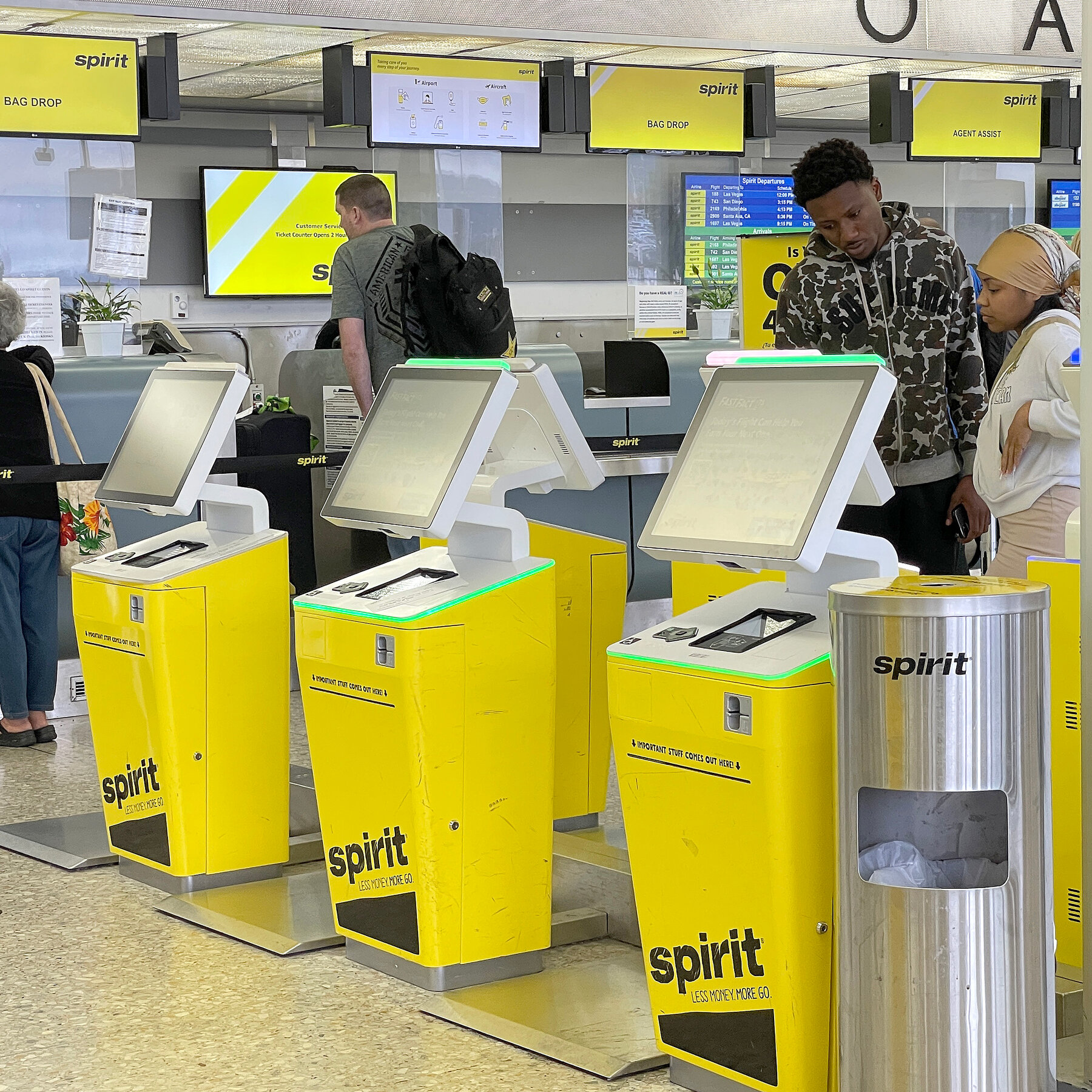While labour market crunches may come and go, the challenge faced by business owners of how to find the best people for the right jobs will never go away.
No matter what the economic climate, for businesses looking for productive workers to join their teams, it all boils down to how to find the right people from the talent pool available to them.
And yet therein lies the problem: too many business owners still don’t realise that instead of fishing in a talent pool, they could be opening themselves up a far wider ocean of talent.
There are whole swathes of candidates all across Australia ready and willing to make a valuable contribution to businesses everywhere, with the only thing stopping them being out-dated assumptions and an inability to approach recruitment a little differently and with an open mind.
So, who are all these workers and where have they been hiding?
They’re in plain sight all around us in Australia’s Indigenous people, the long-term unemployed, people with disability, ex-convicts, and mature-aged workers.
Like it or not, conscious or unconscious, too many business owners are restricting their access to talent because of the misconception that recruiting people from marginalised backgrounds comes with too many challenges and uncertainties attached.
How then do businesses move beyond this way of thinking?
Perhaps the first step for all of us in taking a more inclusive attitude to embracing people from different backgrounds is to put ourselves in their shoes, and properly consider the extra challenges they face in trying to find jobs that the vast majority of the workforce simply don’t have to contend with.
When it comes to Indigenous Australians, that means understanding what it must be like trying to overcome a history of discrimination and societal barriers to be given fair and equal consideration for roles.
For the long-term unemployed it means empathising with the erosion of confidence and the stigma that is often attached to large career gaps.
For ex-convicts, it means appreciating what it must feel like to be met with suspicion and mistrust in every job application, having paid your debt to society.
For people with disability, that means giving thought to the constant daily challenges of contending with accessibility and acceptance.
And for mature-aged workers, it means imaging the feeling of disappointment and frustration each time a lifetime of experience is disregarded simply because of age.
By being more mindful of these different start points for millions of workers-in-waiting, it not only becomes easier for business owners to see it as a moral responsibility to give people from these backgrounds a fair go, but it has transformative potential for the economy.
And yet, no-one expects business owners to put their focus on survival and growth second to the good of the nation at-large; but when workers from marginalised backgrounds bring with them so much potential, there’s simply no need to.
Employees from diverse backgrounds can help to foster innovative thinking, with different viewpoints leading to creative solutions and approaches that keep a company dynamic and forward-thinking.
Companies that demonstrate a commitment to diversity and inclusivity not only benefit from an enhanced reputation among customers, but also among employees, whose sense of pride in their employer can boost productivity and reduce turnover.
When it comes to team cohesion and up-skilling, mature aged workers can offer invaluable mentorship, passing on their experience and knowledge to younger employees, fostering a culture of continuous learning.
What’s more, these benefits can be compounding and cyclical, meaning that companies who recruit with diversity and fairness at their core, increase their appeal among talented members of the workforce who share those values.
But above all, by doing recruitment differently, business owners dramatically increase the pool of potential employees available to them during tight labour markets, and beyond.
If going down this road feels like too much of a sea change, it needn’t be. Some simple steps towards recruiting and retaining a more diverse workforce include things like:
Investing in education, upskilling, vocational training, and digital literacy to ensure that new starters from all backgrounds are given equal opportunity to succeed.
Offering flexible work arrangements to make jobs more accessible, especially for people with disabilities and those with caregiving responsibilities.
Creating supportive onboarding processes by introducing mentorship and support networks that can help new hires from marginalised backgrounds to settle in more effectively.
Fostering an inclusive culture by introducing diversity training and anti-discrimination policies to help new and existing staff to feel more welcome and secure at work.
Partnering with community organisations that support marginalised individuals in order to provide valuable insights and help develop more effective hiring practices.
Looking beyond the CV by realising that a person’s age and experience in the workforce are not always reliable indicators of their ability to thrive in a new job.
At the end of the day, the inclusion of marginalised groups in the recruitment process is not just a moral duty; it’s a smart business move. By adopting inclusive hiring and retention practices, businesses can access a broader talent pool, spark innovation, and build a more engaged and productive workforce, with companies that embrace diversity better equipped for sustainable growth and success in the modern economy.
Keep up to date with our stories on LinkedIn, Twitter, Facebook and Instagram.
Asuria Australia’s CEO, Nicole Grainger-Marsh, highlights the persistent challenge business owners face in finding the right people for the right jobs. Expert, employment Dynamic Business






